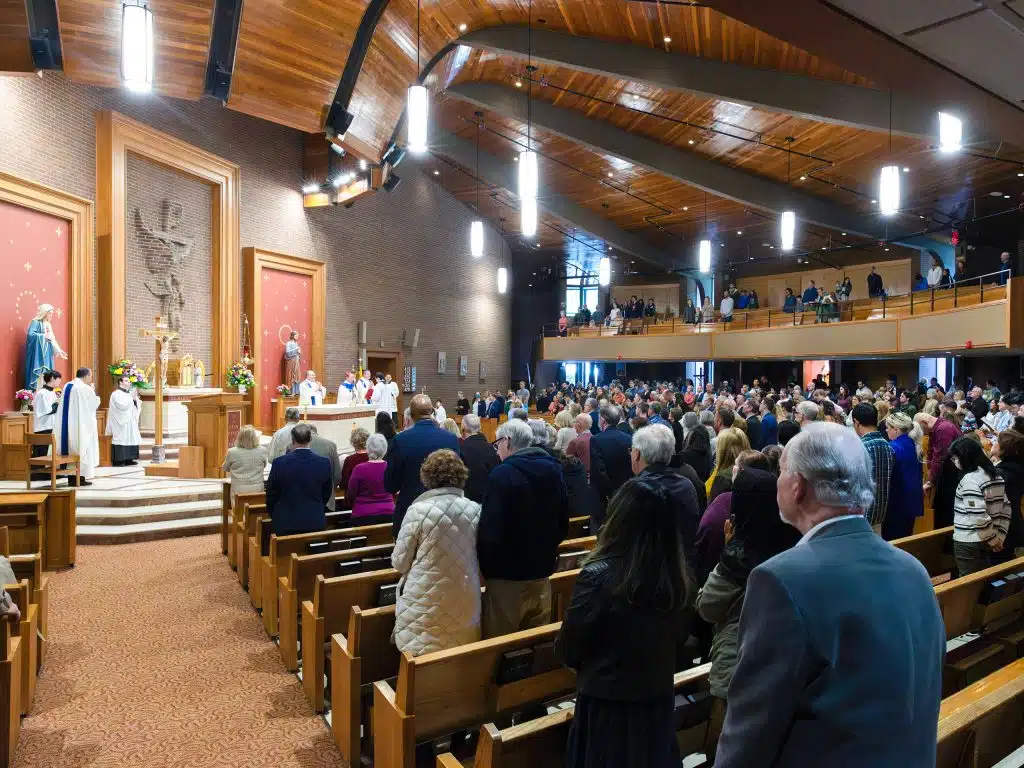The patristic scholar, Father Boniface Ramsey, remarked: “The (Church) Fathers were the first to face certain problems that Christianity was bound to encounter and continues to encounter, and they provided responses that are classic, if not canonized. The nature of God, God’s relation to the world, the humanity and divinity of Christ, the nature and structure of the church, the authority of Scripture, the moral obligations of the human person: these are among the issues that the Fathers first addressed … ” (“Beginning to Read the Fathers,” p. 15). This subject of the authority of Scripture is inseparable from its interpretation, which is simply the correct understanding and practical application of God’s Word for faith (what we believe) and for morals (how we are to act). On this topic of biblical interpretation, the Church Fathers made a lasting contribution to the Catholic faith by two main patristic “schools”: Antioch in Syria and Alexandria in Egypt. Here is a brief glance at these patristic centers of learning.
Antioch of Syria, as a locale, was founded in the late fourth century B.C. The site is linked to Seleucus I Nicator. In the Old Testament era, Antioch was a royal city that served as a kind of headquarters for the Seleucid Empire (cf. 1 Mc 3:37; 4:35). Later, within the New Testament period, St. Paul uses Antioch practically as a command post for his early mission trips (cf. Acts 13:1-3; 15:35). Recall that famous line from Acts 11:26: “In Antioch the disciples were for the first time called Christians.”
As a place of scholarship, the school of Antioch began its activities around the late third century. Names associated with the Antiochene school are Lucian, Eustathius of Antioch, Titus of Bostra, Diodorus of Tarsus, Theodore of Mopsuestia, Theodoret of Cyrus and John Chrysostom. This school was known for its emphasis on the “literal sense” of holy Scripture. Here, a stress is given to the meaning of the words, and to the grammar, within the Sacred Page. As well, there is attention to the historical context of the holy Bible. St. Thomas Aquinas, writing in the Middle Ages, would complement the Antiochene method by stating: “All other senses of sacred Scripture are based on the literal” (“Summa Theologiae,” I, 1, 10, ad 1).
Shifting to Alexandria of Egypt, this was a city established toward the late fourth century B.C. It is tied to Alexander the Great. The municipal had its famous library and was a pagan seat of education in its time. It was at Alexandria that the Hebrew Old Testament would be rendered into the Greek language, named the Septuagint (a valuable translation even today within academia). Within the New Testament epoch, Alexandria was the home of Apollos, an early defender of Christianity (cf. Acts 18:24-28). The city was also the port for the ship that carried St. Paul to Malta and eventually Rome (cf. Acts 27:6; 28:11-16).
With respect to its ecclesiastical endeavors, the school at Alexandria has roots that go back to St. Mark the Apostle. Generally speaking, the first headmaster is considered Pantaenus. Other names linked to the Alexandrian school are Origen, Clement of Alexandria and Didymus the Blind. These men, and others, were witnesses to the great importance of the “spiritual sense” of holy Scripture. Here, one employs the different layers of meaning found in Holy Writ, building on the literal sense’s words, grammar and historical context. The spiritual sense is often subdivided as follows: the allegorical sense understands biblical events as signs or types in light of their significance in Jesus Christ. Consider the manna from heaven (cf. Ex 16:4-18) which points to the holy Eucharist (cf. Jn 6:22-59). The moral sense grasps the biblical events as they influence us toward right words and deeds. Reflect on the holy exemplars from Sacred History (cf. Heb 11:1—12:2).
The anagogical sense comprehends the biblical episodes in view of our final end: look at the heavenly worship (cf. Rev. 21:1-22:5). It is noteworthy that the New Testament itself uses the spiritual sense when citing the Old Testament in passages such as Romans 5:12-21; 1 Corinthians 10:1-4; and Galatians 4:21-31.
Recent decades have seen a resurgence of interest in the Fathers for biblical studies. The inquiring mind may consult the “Ancient Christian Commentary on Sacred Scripture” series (InterVarsity Press), or the “Church’s Bible” series (Eerdmans Publishing). Either set offers a variety of patristic biblical commentaries. A more general treatment of the Fathers on divine revelation is found in the pertinent sections in Jimmy Akin’s “The Fathers Know Best” and Father John Willis’ “The Teachings of the Church Fathers.”
Ciresi is a faculty member of the Christendom Graduate School of Theology and directs the St. Jerome Biblical Guild.



The Good Shepherd